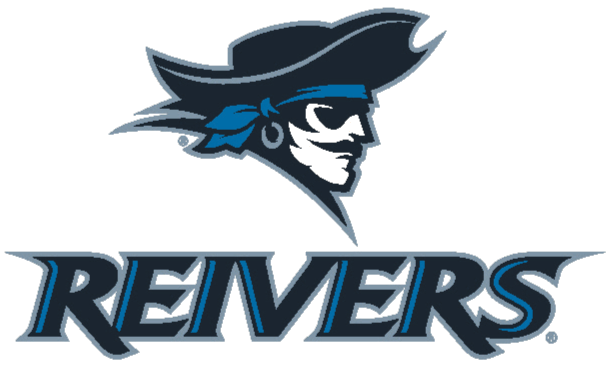It is estimated that 80 percent of adults will experience back pain at some point in their lives. “Throwing your back out” is a phrase that’s used to describe pain and discomfort in the lower back. It can refer to many conditions but is often used to describe back spasms and muscle sprains from overexertion or incorrect form while lifting heaving objects. Less commonly, it can refer to a herniated disc or broken vertebrae.
What are some symptoms experienced by “throwing out your back?”
- Back stiffness
- Difficulty moving and limited range of motion in your back
- Intense and sharp back pain
- Muscle spasms
When you experience these symptoms, there are simple things you can do to help relieve your pain:
- Get some rest, but not for too long.
- Sitting still for too long can make the problem worse.
- Don’t lie down for more than a few hours at a time.
- Try to return to your normal daily activities as soon as you are able.
- Cold and heat therapies can provide some relief.
- An ice pack on your back for short periods of time can aid in reducing pain and swelling.
- Applying heat to the area with a shower, bath, or heating pad can help relax the tense muscles and reduce inflammation.
- Try pain relievers.
- Over-the-counter anti-inflammatory medications such as ibuprofen should provide some relief.
- If the injury or pain persists it’s time to see a spine specialist like Dr. Pedro Ricart.
What else can you do to prevent future back injuries and treat your spine better?
- You can lower your chances of throwing your back out by maintaining a healthy lifestyle.
- Maintain a healthy weight. Carrying extra weight can put a strain on your back.
- Having a strong back and core muscles can help reduce the likelihood you’ll throw out your back.
- Quit smoking. Smoking cigarettes is linked to back pain.
- When lifting heavy objects, bend at your knees and lift with your legs.
- Wear protective equipment like a weightlifting belt or back brace that provides extra support.
- Warm-up before exercising.
- Try to avoid high heels, as they can cause back problems.
- Maintain good posture. Sit upright and stand straight. Hunching over will strain your back and put you at risk for further injury.
Spine specialists create a customized treatment plan for diagnosing the issue, finding methods to reduce pain, and giving suggestions on other ways to prevent some future back pain. If back pain is causing you problems, contact Miller Orthopedic to schedule your appointment with Dr. Ricart and get back to doing the things you enjoy!

